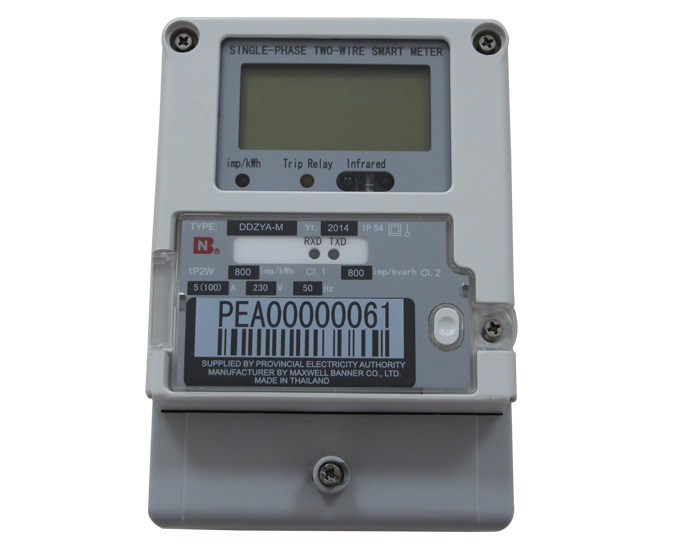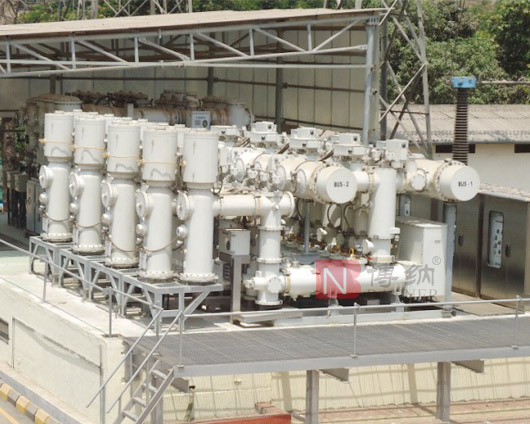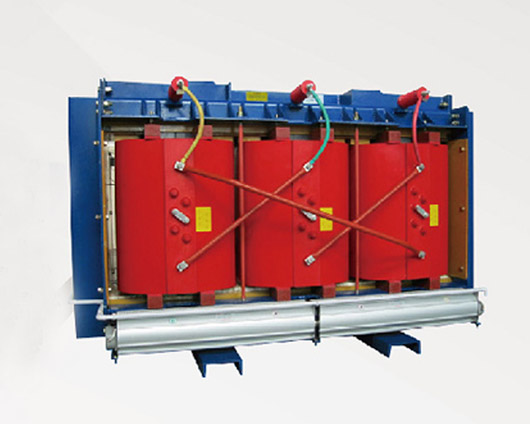News
"The great invention of the nineteenth century was the method of invention”. This maxim from the English mathematician and philosopher Alfred North Whitehead (1891-1947) perfectly applies to the history of the electricity meter, perfected through a series of inventions building on achievements and stimulating further development.
The first half of the 19th century brought brilliant discoveries in electromagnetism. In 1820, the French André-Marie Ampère (1775-1836) discovered the electrodynamic interaction between currents. In 1827, the German Georg Simon Ohm (1787-1854) discovered the relationship between voltage and current in a conductor. In 1831, the British Michael Faraday (1791-1867) discovered the law of induction, on which the operation of generators, motors and transformers is based.
By the second half of the century, the soil was well prepared for practical applications.
Discoveries were followed by inventions and patents. The lamp, the dynamo, the motor, the transformer, the meter and the turbine were invented in quick succession. It is not surprising that once the time is ripe, milestone inventions are achieved quasi-simultaneously in different parts of the world.
The Hungarian Ottó Titusz Bláthy, inventor of the induction electric energy meter and co-inventor of the transformer, looked back in 1930 to this exciting period with these words: “In my days it used to be easy. Science was like a tropical forest. All you needed was a good axe, and wherever you stroke, you could chop down an enormous tree.”
With the invention of the dynamo (Anyos Jedlik in 1861, Werner von Siemens in 1867) electrical energy could be generated in large amounts. The first mass application of electricity was lighting. When this new product – electric energy meter – started to be sold, it was obvious that the cost had to be determined.
It was not clear, however, what the units billed should be, and what would be the most suitable measuring principles.
The earliest meter was Samual Gardiner’s (USA) lamphour meter patented in 1872. It measured the time during which energy was supplied to the load, as all the lamps connected to this meter were controlled by one switch. Subdividing lighting circuits became practical with the introduction of Edison’s light bulb, and this meter became obsolete.






